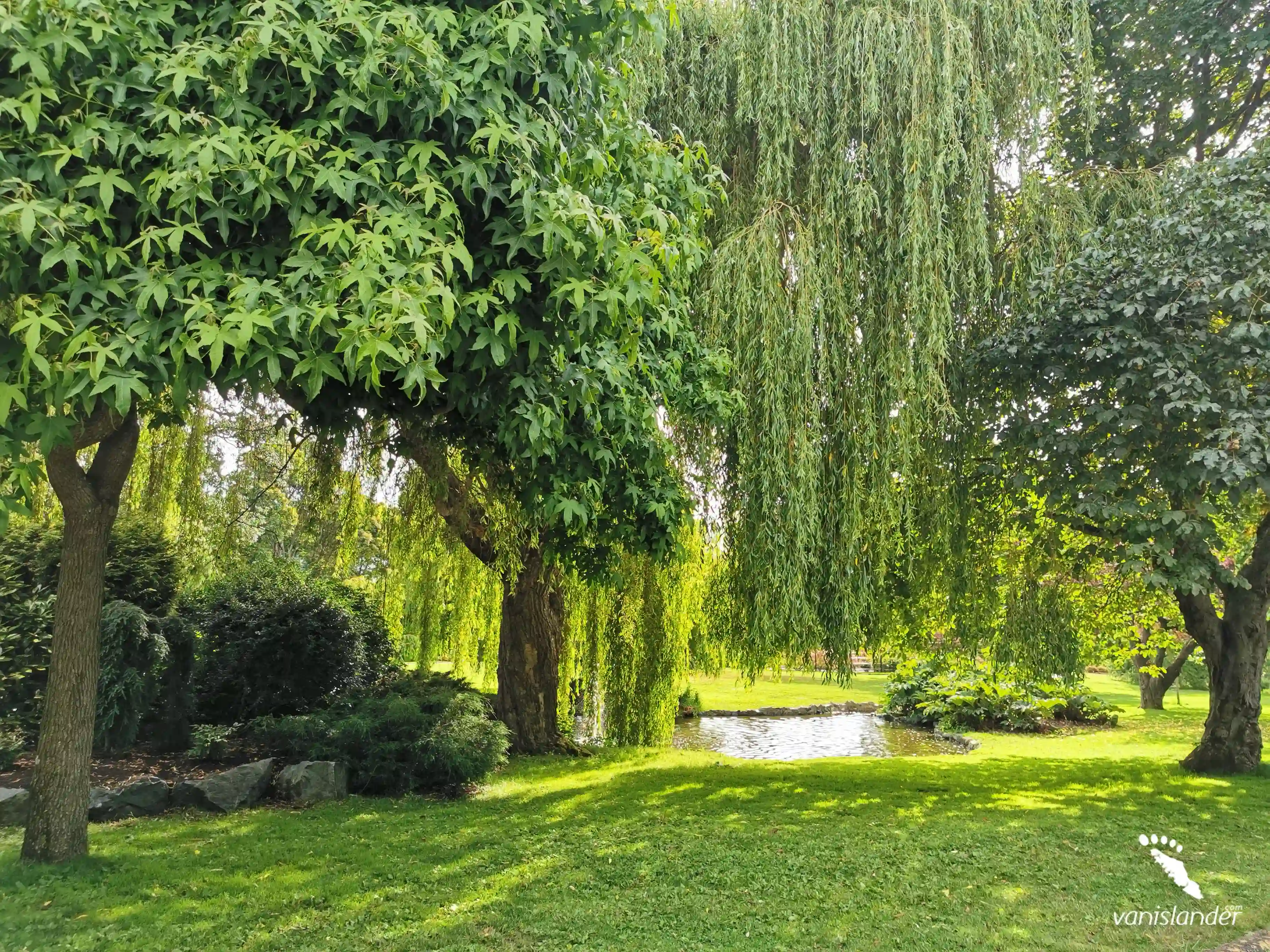It’s a truism when we say those who do not remember history are doomed to repeat it, but for Pacific Opera Victoria’s artistic director Brenna Corner, the act of remembrance that Canadians undertake each November is far more than ritual – it’s a deeply human exercise in empathy. It was that profoundly Canadian thing — our understanding of war and sacrifice — that in part inspired her to bring Mary’s Wedding back to the stage in a new form. The powerful play, about a young Prairie couple whose love story unfolds through dreams and memory against the backdrop of the First World War, was written by Stephen Massicotte in 2002 and later transformed into Mary’s Wedding: The Opera by Massicotte and composer Andrew P. MacDonald in 2011. The poignant piece – reworked by the pair and now called Remembering Mary’s Wedding – blends spoken word, song, and archival imagery into a moving meditation on love, loss, and the way we remember. Massicotte and MacDonald teamed up to create a new framing device that recasts the story through the eyes of a modern observer. In the re-imagined work, a professor begins a lecture on Canada’s role in the First World War, but as he speaks, memory and imagination overtake him. His talk unravels into scenes from Mary’s Wedding itself – a merging of scholarship and emotion that blurs the line between teaching history and reliving it. The result is a piece that feels at once intimate and expansive: part lecture, part dream, and wholly about the way remembrance connects us across time. For Corner, the slimmed down, more intimate work fits naturally within what she believes opera – and theatre – do best. “Remembering is one of those things we do really well in theatre and opera,” she says. “That sort of storytelling and jogging memories and reminding us of other times and other worlds – almost building our ability to empathize with that – is what the power of art is, in my opinion.” That sense of living memory is amplified through the production’s use of multimedia and archival imagery. Pacific Opera has again partnered with the University of Victoria’s Special Collections and Archives, which created a digital archive for the 2011 premiere filled with letters, photographs, and diary entries from Victorians who lived through the war years. Those images – projected throughout the performance – weave the fictional story of Mary and Charlie into the real history of the community that surrounds the audience today. Of course, Victoria has a more than passing connection to the First World War. One of its own, Sir Arthur Currie – a former real estate developer and militia officer before the war – rose to become commander of the Canadian Corps, leading Canadian troops to victory at Vimy Ridge in April 1917. It was a battle many historians describe as the moment Canada was born as a nation. Mary’s Wedding was written around another pivotal Canadian moment in that history – the Charge at Moreuil Wood, on March 30, 1918, when Lt. Gordon Flowerdew led the Lord Strathcona’s Horse (Royal Canadians) in one of the last great cavalry charges of the war. In many ways, that brutal battle signified the end of an era – a moment where courage and tragedy rode side by side into history. Corner hopes Remembering Mary’s Wedding will become an annual offering – a quiet act of reflection woven into the company’s season and the community’s remembrance rituals. “I just didn’t want it to be a spectacle,” she says. “I wanted it to be an opportunity to continue what you were doing in the ceremony – you take that moment of silence and we think and we reflect. Music is so powerful. I wanted it to offer an opportunity for us to continue that internal remembrance.” Remembering Mary’s Wedding will be performed Saturday, Nov. 8, at the Baumann Centre (3 and 7 p.m.) and on 2 p.m. Tuesday, Nov. 11, at Royal Roads University’s Dogwood Auditorium, where veterans and service members will be welcomed as honoured guests.
More
Less
